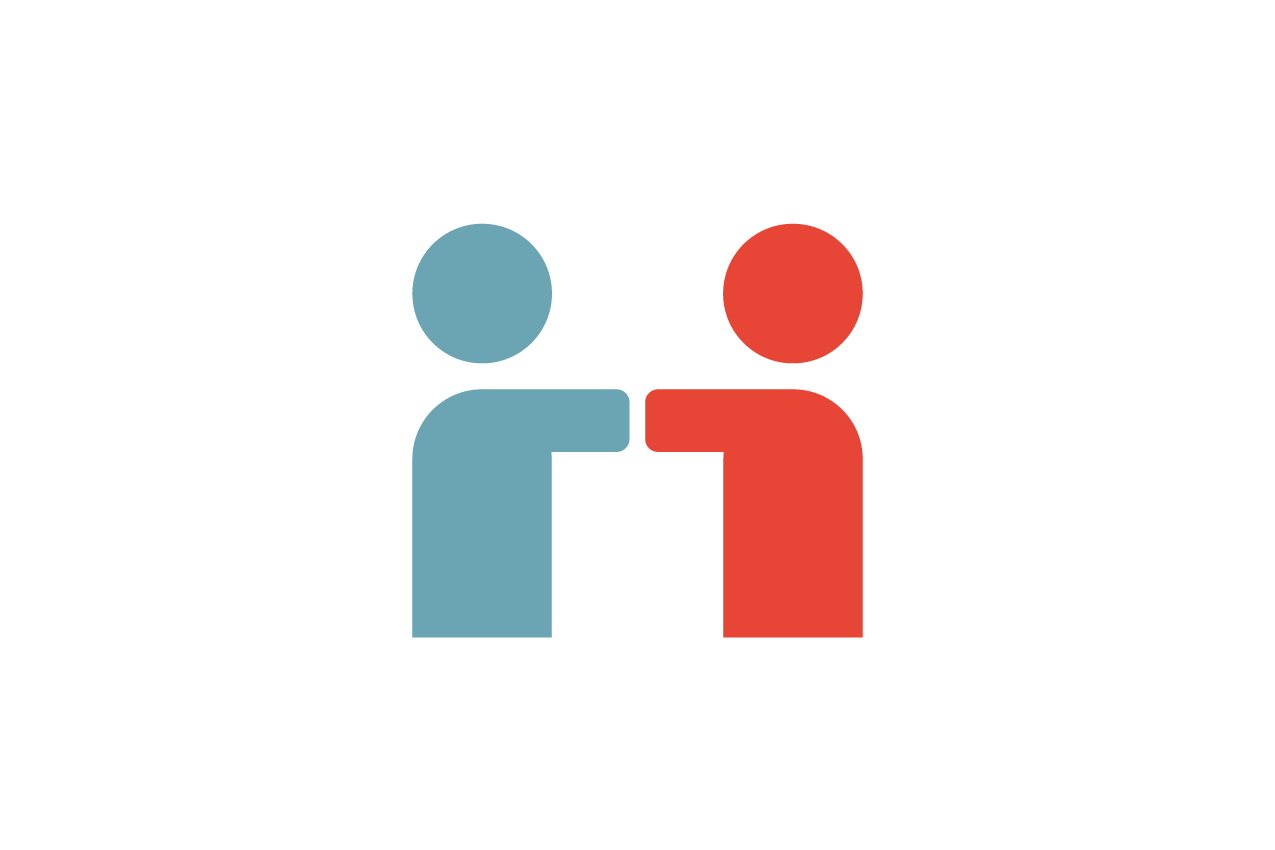As Australian organisations seek to manage the disruption to work brought on by COVID-19, the focus on maintaining workforce productivity has intensified. Many of my conversations with business leaders have focused on what can be done. It’s not surprising that our most recent Randstad survey, looking at the impact of COVID-19 on the workforce, found that more than 80% of HR leaders see employee performance and productivity as one of the main priorities for their organisations shortly.
The risk is, however, that by measuring success via productivity we may be losing sight of other valuable elements of work like culture, purpose and our people, that ultimately work with productivity measures to build a successful organisation.
Australians have always been hard workers, but to optimise productivity, they need to ‘work smart’ and hard. Aussies rank fifth for the number of hours worked per capita in the OECD (up until the recent pandemic-driven downturn). Despite this, they rank only 16th on GDP per hour worked, which is the main measure of labour productivity. For example, when compared to those in the US, a typical Australian worker will take five days to complete a task that would take an American counterpart only four.
worryingly, productivity growth in australia had begun to stall even before lockdown.
From annual increases of 2%, it had slipped to 0.2% by 2019.
In previous years, this lag in Australian productivity growth has been attributed to a lack of investment in tech. However, the rapid transition to online work onset by COVID-19 has necessitated that Australian businesses adapt by investing in technologies that both streamline and enhance employees' ability to work remotely.
Alongside investment in tech solutions, companies must also build a culture that fosters innovation and encourages employees to readily harness the potential of new technologies if they are going to see good ROI.
With more people working remotely as a result of social distancing measures, these new technologies can also be leveraged to maintain company culture through virtual social events, internal social networking and more. At Randstad, we use Workplace by Facebook as our main internal communications tool which keeps people feeling connected, whilst a culture-building app called Meaningful Moments allows staff to thank each other for going above and beyond for a client, candidate or colleague. These work in collaboration with our productivity-focused technologies, that keep our business thriving even in a time when we can’t be physically together.
Whilst the long-term effects of these investments are yet to be seen, the productivity of Australian workers is likely to increase because of them.
We’ve recently launched a new white paper looking into productivity in the new normal, with findings being broken into four key areas.
measure and track
How much do you know about what your employees do with their time, and is it genuinely productive?
Research into financial services businesses carried out by PwC shows that time tracking how employees spend their time can drive a 15-20% improvement in productivity.

engage and communicate
With more people working from home and having reduced social interactions with their colleagues, dialogue and support within your business are crucial to success. Focusing on communication and engagement has become an established trend in lockdown and looks set to continue.
A survey carried out for Randstad’s global Workmonitor series found that more than 90% of Australian participants have adapted to their new situation and nearly 80% believe their employers are taking care of their wellbeing. So far, so good.
agility and willingness to learn are the most important skills
As Randstad explored in our recent Report, Securing in-demand skills now, the key to success when adjusting to new work norms and harnessing innovative tech, is the ability to keep learning and adapt to change.
Welcoming change and continuing to learn should be prioritised by both executives and their teams. Wouldn’t it be better if management understood the technologies that they introduce to their teams, rather than merely delegating this to IT?
promote health and wellbeing
It’s simple. Happy and healthy workers are more productive. According to a survey of Australian workers carried out by WorkScore, employees are six times more likely to be happy and close to four times more engaged in workplaces that care about wellbeing.
Reduced social interactions in remote working arrangements and the potentially adverse mental health implications of COVID-19 lockdowns mean that supporting the well-being of staff is especially important.
To boost wellbeing and happiness whilst working from home, you can replicate the benefits of physical work environments through purely social online initiatives such as virtual coffee catch-ups, fitness classes or games.
productivity in collaboration with culture
Whilst productivity is important, it is not the only way to measure the value that employees bring to the workplace. Rewarding employee successes are so much more than just measuring the amount of work they complete.
At Randstad, we are keen to reward the right behaviour that aligns with our company culture. Entrepreneurship, agility, creativity, idea generation and willingness to embrace change are all indispensable.
To build for the future, leaders must focus on how productivity initiatives can work hand in hand with company culture campaigns to deliver the best outcome for their organisations.




